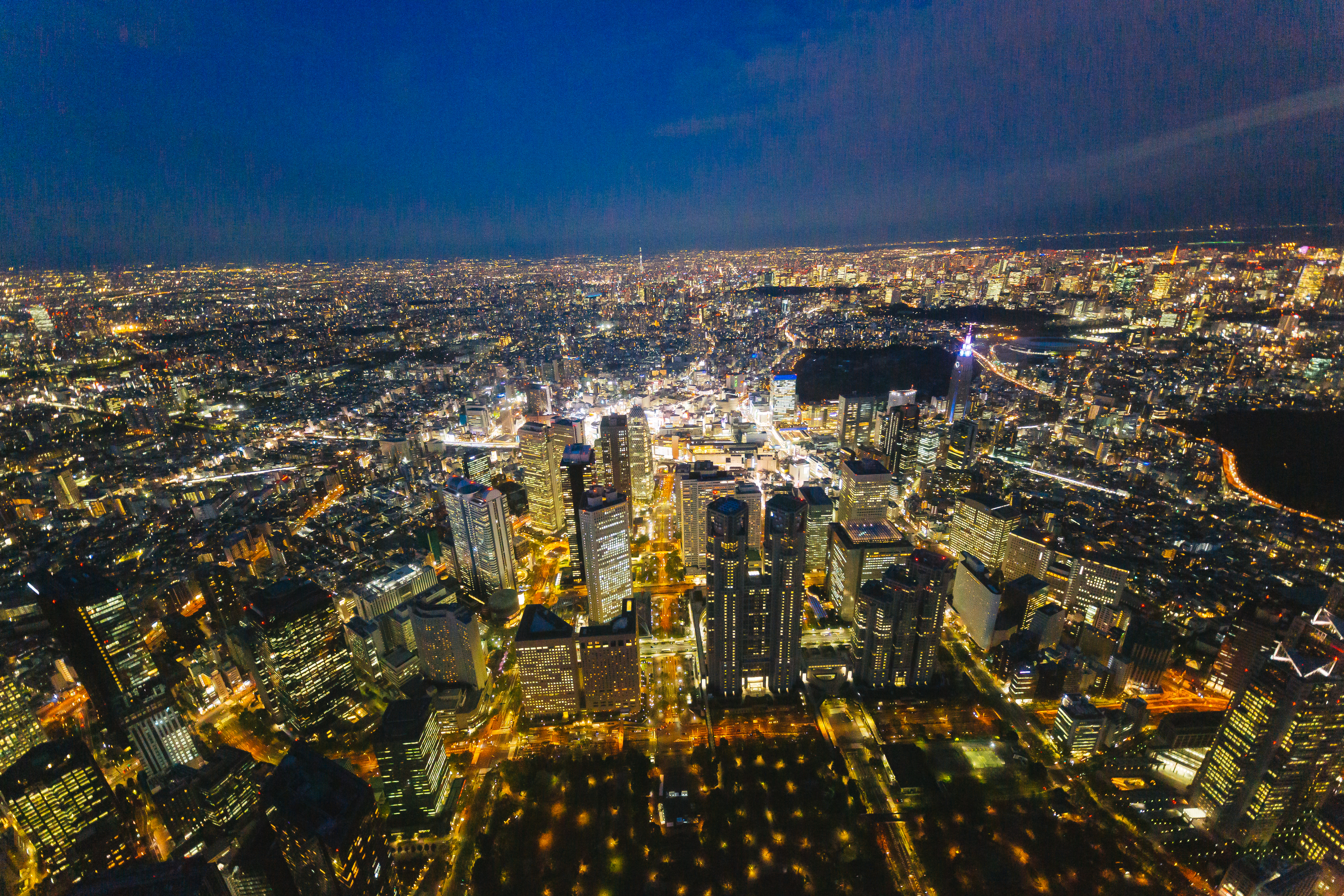
The city–and the others that made the list–was picked for its convenience, style, and location!
Tokyo is an absolutely massive city composed of 23 wards, 26 cities, 5 towns, and 8 villages, many of which can be broken down into smaller neighborhoods that each have their own local flavor and culture. Add to that the nice places just outside of Tokyo, like Yokohama, that afford many of the same benefits of living in Japan’s capital, and it’s almost impossible to pick a place to live within in the region if you don’t know it well.
Not to worry, though; there’s a ranking for that! In a recent survey, young, single Japanese people in their 20s and 30s were asked where the best places in Tokyo are for people in their demographic to live. 500 men and 500 women of each decade participated, for a total of 2,000 respondents, each of whom already lives in the greater metropolitan area and presumably has an idea of the regions beforehand.
Respondents were asked two questions in the survey. The first question was, “Right now, where would you like to live?” Let’s take a look at the top 10!
10 (tie). Tokyo Station area and Shinagawa
The central location of these two areas, which are both on the highly connected Yamanote line that circles the Tokyo city center, makes them extremely convenient. The Tokyo Station area, pictured above, is a popular tourist spot and offers many restaurants and things to do that makes it appealing for young people, but probably the biggest draw is the fact that Shinagawa is one of the major business hubs of Tokyo, making commuting to work for many people extremely easy.
Shinagawa is also considered a very safe and family-friendly neighborhood, so for those aspiring to raise a family, it’s an excellent option.
9. Kitasenju
This north-eastern area of Tokyo is an extremely affordable alternative to other Tokyo neighborhoods, and it’s extremely well-connected to the rest of the city through five train and metro lines. Though previously Kitasenju had a reputation for being a “rough neighborhood” (by Japanese standards), it’s reported to have gotten much better lately, and even boasts lots of nice shopping areas, so we aren’t too surprised to see it making the top ten for the first time in three years.
7 (tie). Shibuya and Nakano
Shibuya, pictured above, is, of course, one of Tokyo’s best entertainment areas, with plenty of shops, restaurants, clubs, bars, and even concert venues. It’s a virtual playground for those who like to keep busy! It’s also extremely well-connected to the rest of Tokyo, making work as well as play easy. Sadly, its recent reputation for being dirty and crowded probably has many people, including young people, turning away from it, as its position in 7th is a drop from 6th last year.
Nakano is a sort of underappreciated gem of Tokyo; though it doesn’t look like much from the outside, there’s really rather a lot to do there. It’s a university town, so there are a great many delicious restaurants to try, and Nakano is also famous for its Nakano Broadway shopping center which offers a number of niche hobby stores that are great for otaku of all kinds. It’s also just a five-minute train ride from Shinjuku, giving easy access to the rest of the city.
6. Nakameguro
Nakameguro, a neighborhood at the southwestern corner of downtown, has a reputation for being a really nice place to live. Those who prefer high-end apartments and well-kept parks and streets may aspire to live there just for the image alone. Their famous cherry blossom festival, when trees bloom over the river pictured above, draws huge crowds every year. Nakameguro is also just four minutes by train to Shibuya and has easy access to Yokohama, and as an added bonus, the neighborhood that separates Nakameguro from Shibuya, Daikanyama, is considered an extremely trendy shopping and eating area. All in all, Nakameguro offers a very fashionable image for young people.
4 (tie). Ebisu and Ikebukuro
Here you couldn’t find two more different neighborhoods. Ebisu, above, is considered an upper-class neighborhood, where many of Japan’s celebrities live. The cost of living there is quite high, even to the point that groceries are more expensive than other parts of the city. Still, the neighborhood is full of green spaces, beautiful shopping centers, and fancy restaurants, and that kind of glamorous life appeals to some young people.
Ikebukuro, on the other hand, has a reputation for being a far more affordable and casual locale that’s great not only for young people but for families. It seems its image is only getting better, as it jumped from ninth place last year all the way up to fourth this year. With tons of huge shopping centers, game centers, entertainment, and eateries, Ikebukuro offers plenty to do as well–including lots for the otaku. And of course, Ikebukuro has excellent accessibility to the rest of the city, with eight train lines running through its central station.
3. Yokohama
Yokohama is our first area outside of Tokyo to make the top 10! As Japan’s second-largest city, Yokohama encompasses a huge area, including both urban and rural neighborhoods, so to say what makes it appealing to young people would be difficult without a more specific narrowing-down. But the urban parts of Yokohama are chock full of great shops, eateries, and attractions, including its famous Chinatown and Minato Mirai area adjacent to the bay. Though it’s not as easy to commute from Yokohama, it provides feasible access to Tokyo with the added bonus of cheaper rent, so it’s easily accessible to young people.
2. Shinjuku
Unsurprisingly, the neighborhood that’s home to the world’s busiest train station made number two on the list. Shinjuku Station is busy for a reason; it’s got nine train lines connecting it, and that’s not even including the three lines running through the nearby Shinjuku Sanchome Station. That makes Shinjuku probably the most convenient location by far; you’d be guaranteed to get anywhere in Tokyo, or in Japan, pretty easily from there. Of course, being such a hub the neighborhood is also home to plenty of shops and restaurants, making this an ideal place for young residents.
1. Kichijoji
https://www.instagram.com/p/CRSo2DTDML_/?utm_source=ig_web_copy_link
Taking the number one spot for the fourth year in a row is the trendy neighborhood of Kichijoji. Home to the Ghibli Museum as well as funky second-hand shops, nice shopping centers, stylish restaurants, and a beautiful park, Kichijoji has just about everything you could want in a neighborhood. Though its long-reigning status as the most desirable place to live means it can get extremely busy, and a little expensive, it’s also well-connected, so residents can get away to other quieter places if they so desire. Survey respondents labeled Kichijoji as “stylish” and “easy to live in”, and one even remarked that its slight removal from the center of town was a plus.
After providing their answers to the city they wish to live in, respondents were asked, “Which neighborhoods are convenient for singles to live in?” Some of the same areas appeared on this ranking but there are quite a few different ones, too.
10 (tie). Kawasaki and Sangenjaya
9 (tie). Shinagawa and Koenji
7. Akabane
6. Kitasenju
5. Yokohama
4. Ikebukuro
3. Nakano
2. Shinjuku
1. Kichijoji
▼ Kawasaki’s Kawasaki Daishi Temple
In terms of living alone, participants seemed to pick neighborhoods based on convenience and affordability. Proximity to major train stations was important, but the cost of living was even more important, which is why many less stylish but very affordable residential areas like Akabane (on the Saitama border in the northern reaches of Tokyo), Koenji (in eastern Tokyo), and Kawasaki (the city between Tokyo and Yokohama) made the list.
Having access to everything directly was also a major reason why big hubs like Kichijoji, Shinjuku, Ikebukuro, and Yokohama made the list. Sangenjaya, in the southeast part of the city, is also known as an extremely convenient residential area, just five minutes from Shibuya. These are all great places to live if you want to have access to 24-hour groceries and a plethora of restaurants and shops.
What it seems to come down to in choosing where to live in the greater Tokyo area, it seems, is your priorities. Do you want to live in a trendy place, or would you prefer to live somewhere convenient? Budget is important too; more affordable neighborhoods may lose out on beauty and ease of access, but will most certainly offer you everything you need to live.
Don’t want to live in a big city at all? Don’t worry, here’s a ranking of Japanese people’s most desirable prefectures to live in–and Tokyo isn’t number one.
Source: FJ Next, Kichijoji Keizei Shimbun via Yahoo! News via Otacom
Top image: Pakutaso
Insert images: Pakutaso (1, 2, 3, 4, 5, 6, 7, 8, 9, 10, 11), Wikipedia/ペン太
● Want to hear about SoraNews24’s latest articles as soon as they’re published? Follow us on Facebook and Twitter!

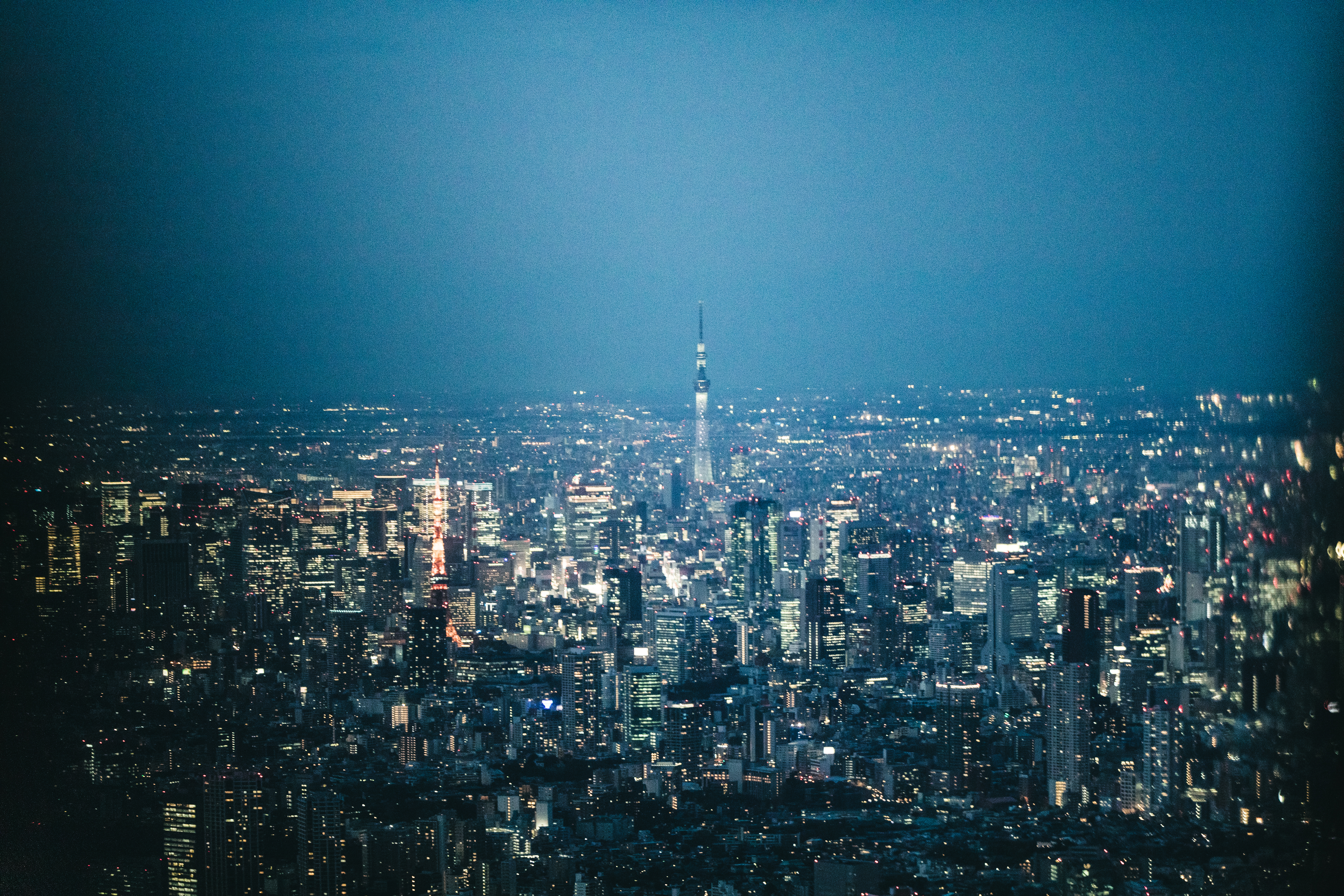
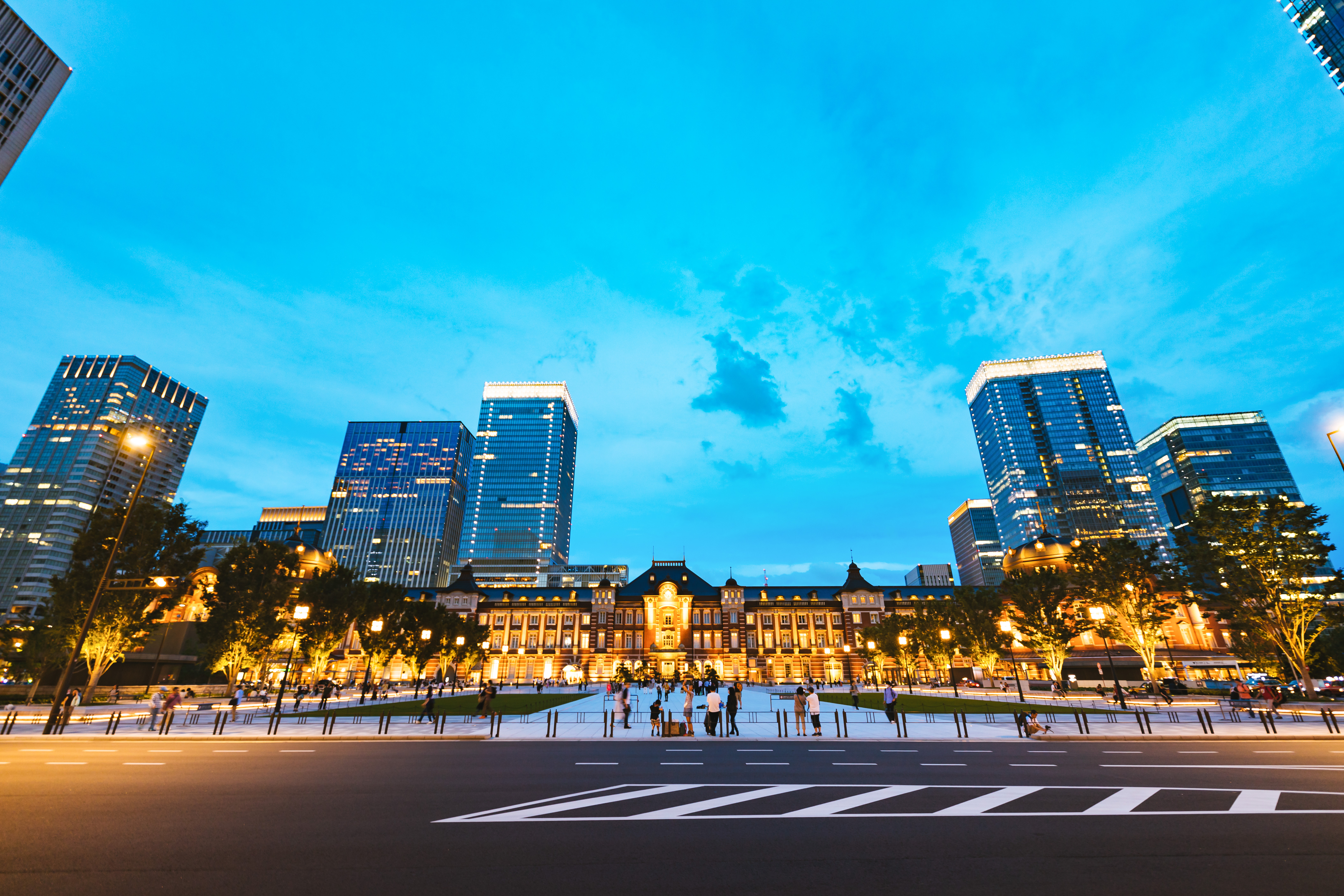

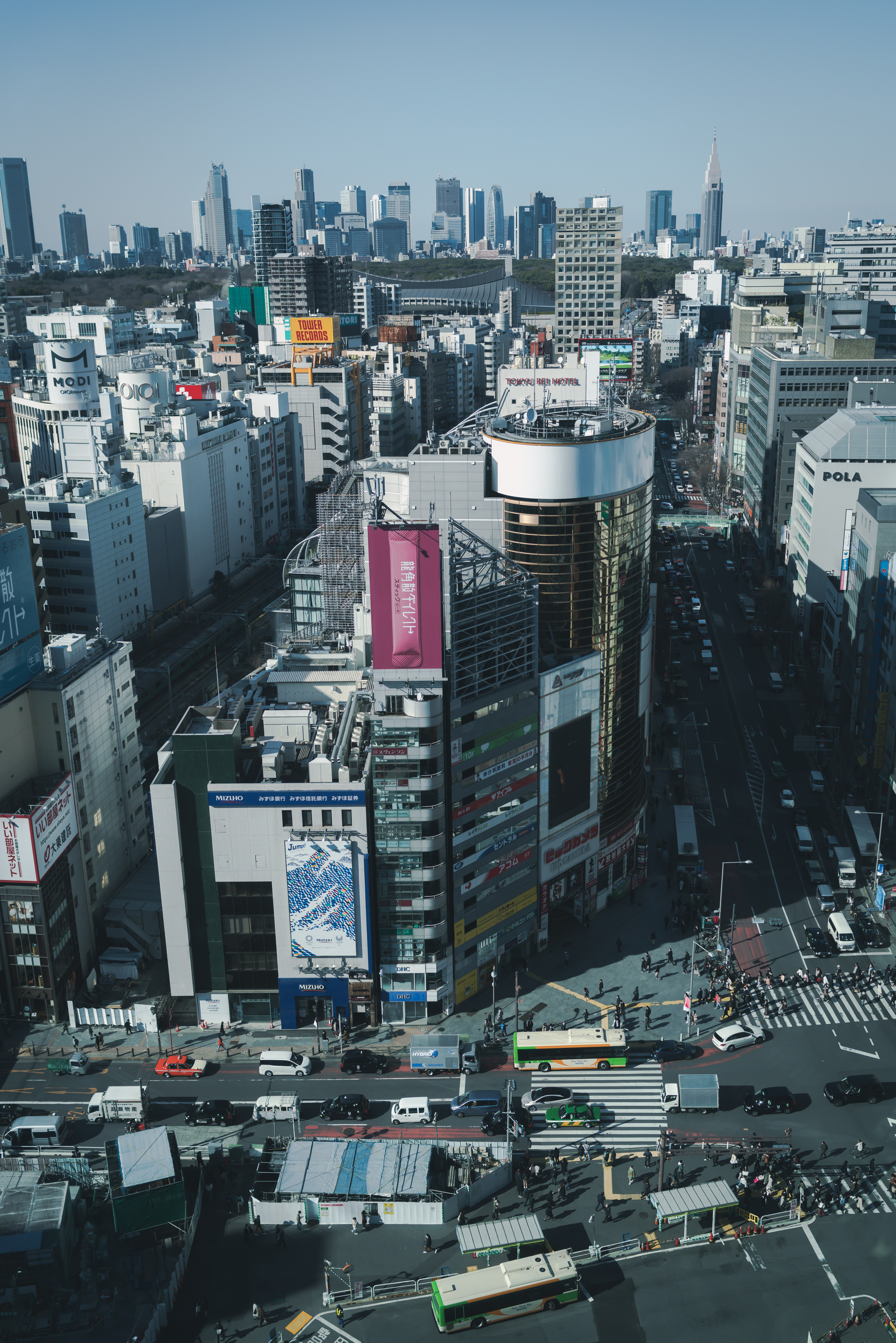
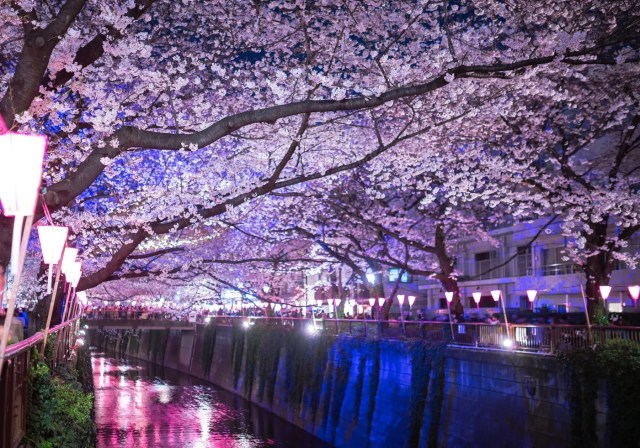
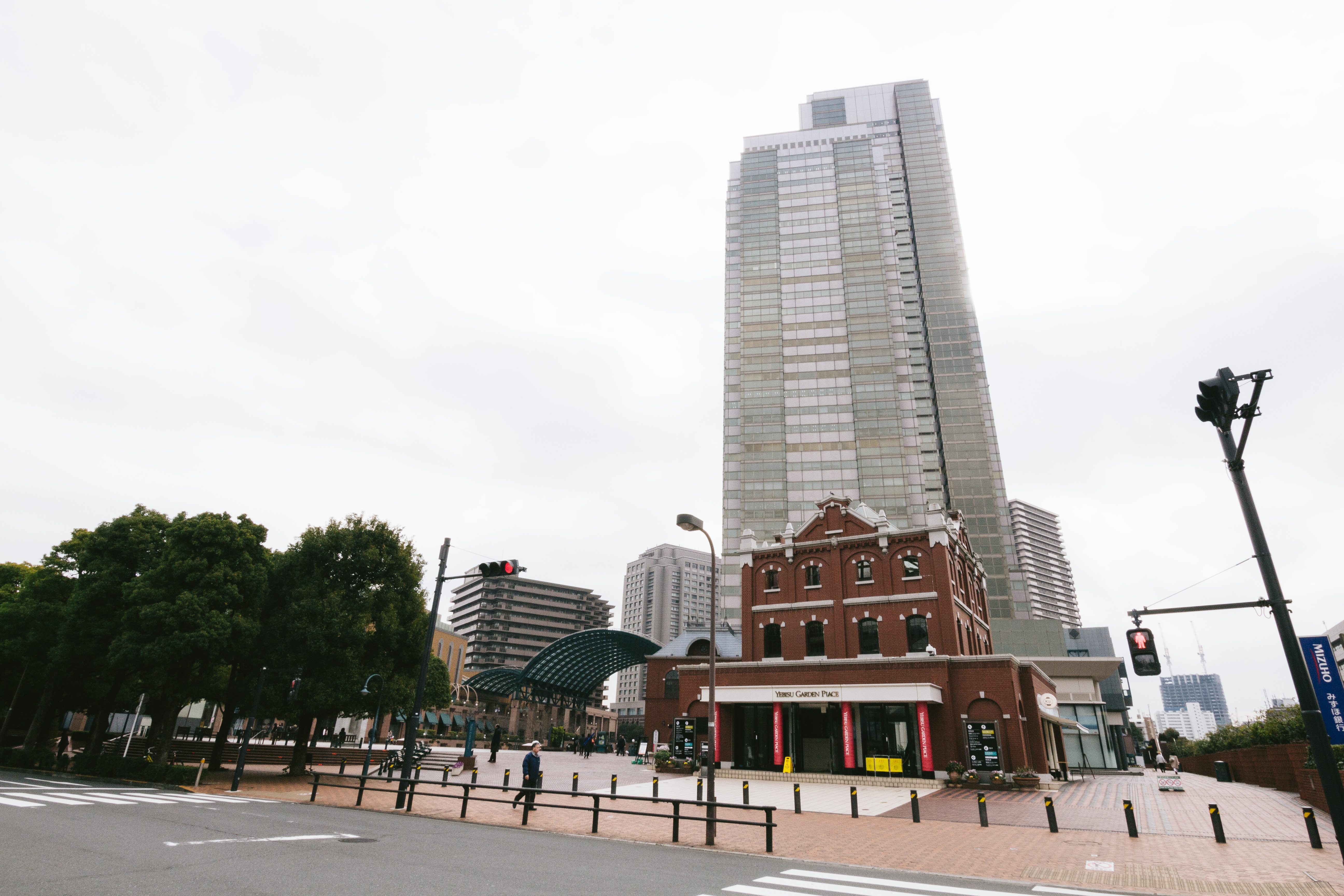

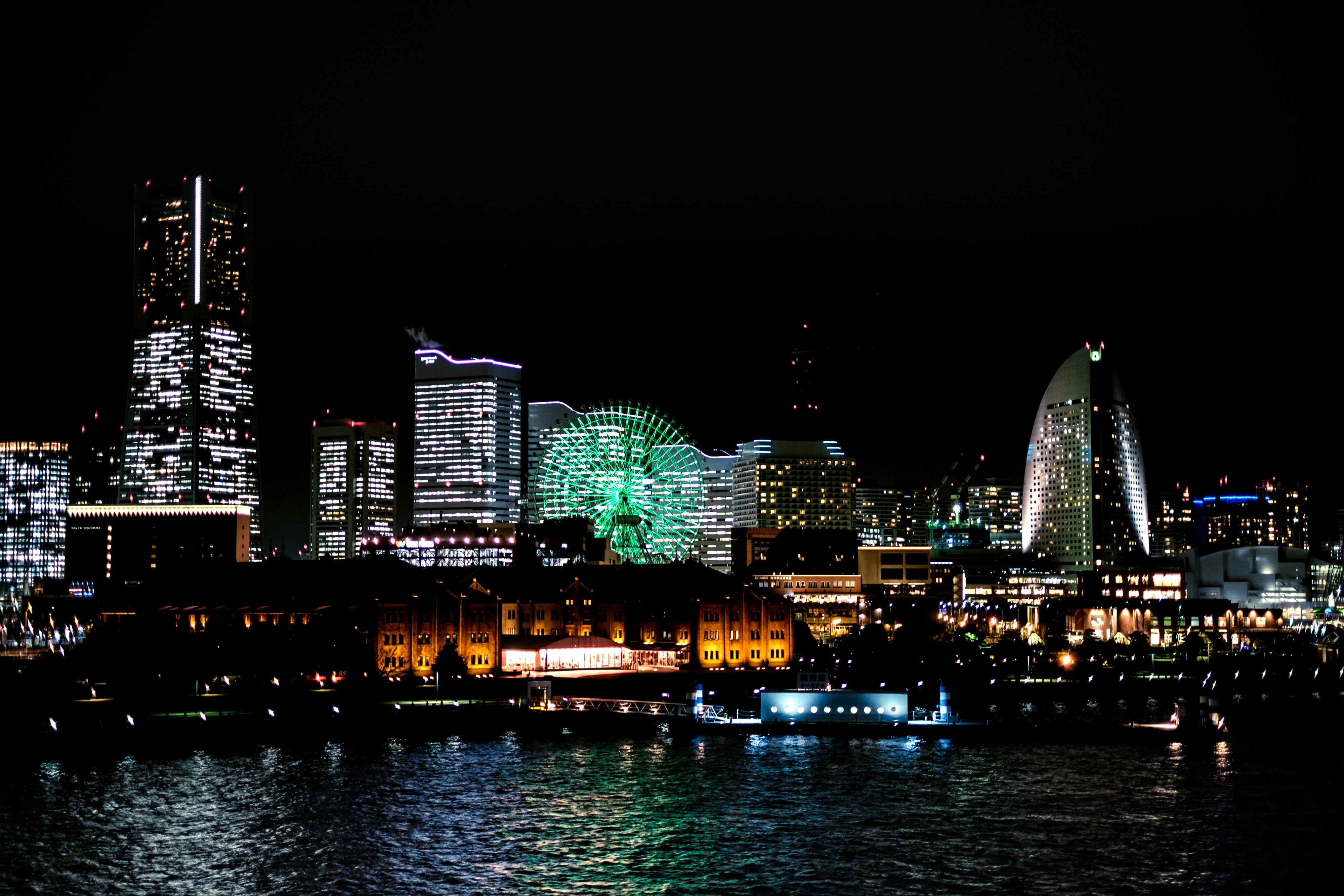
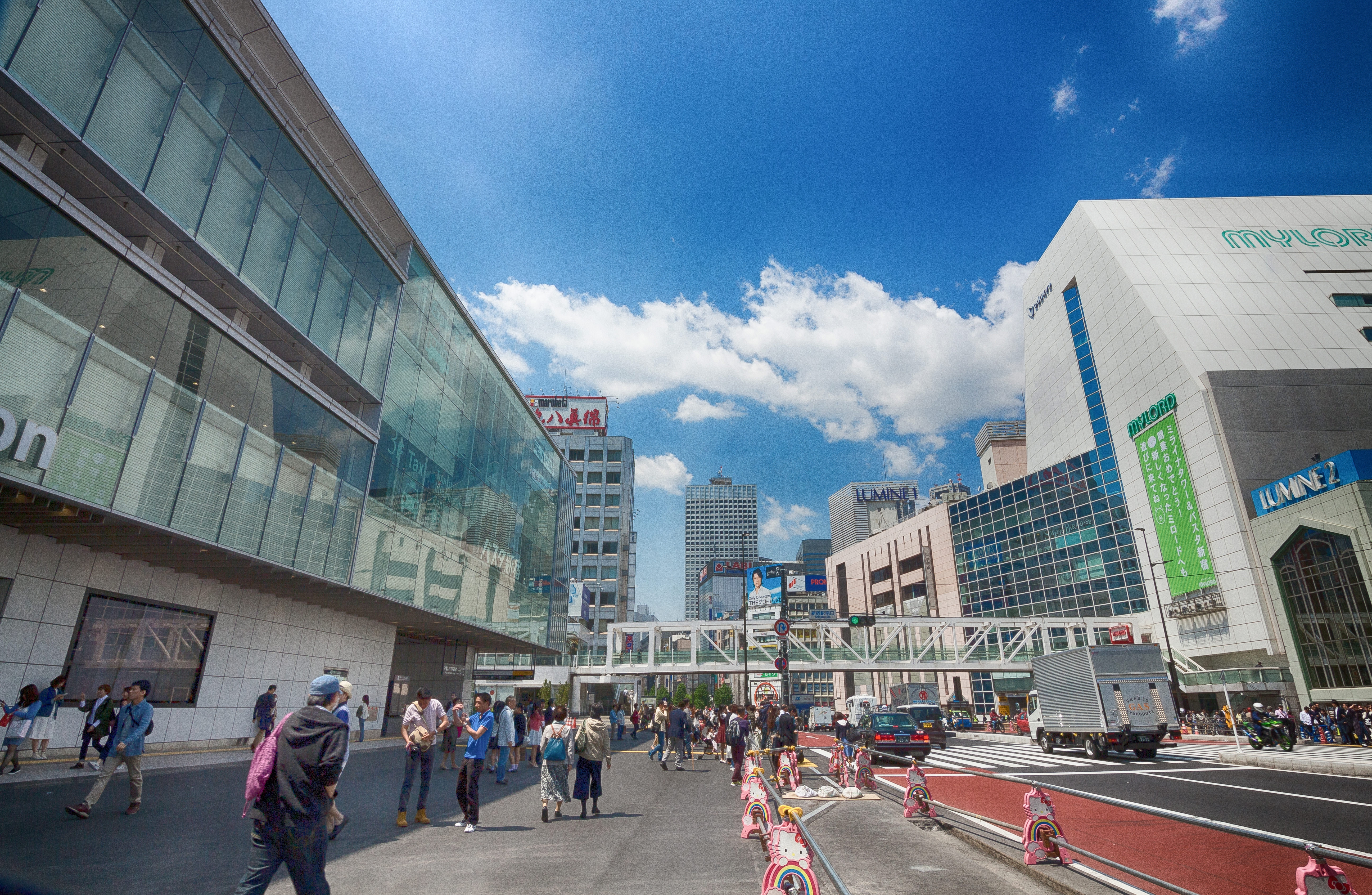
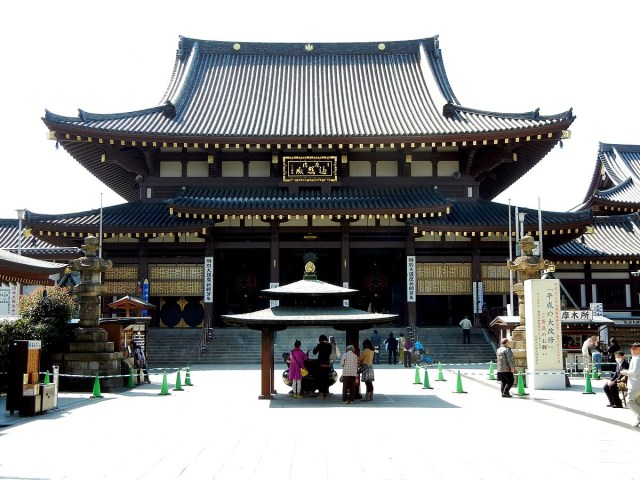
 What’s the best part of Tokyo to live in, and why? Survey gives the top six picks
What’s the best part of Tokyo to live in, and why? Survey gives the top six picks Moving to Tokyo? Real estate agent picks five best neighborhoods for single residents
Moving to Tokyo? Real estate agent picks five best neighborhoods for single residents How much money do you need for a studio apartment in downtown Tokyo?
How much money do you need for a studio apartment in downtown Tokyo? Yokohama ranks as most desirable city for living in Kanto for the second year in a row
Yokohama ranks as most desirable city for living in Kanto for the second year in a row The top 10 shotengai shopping streets in Tokyo【Survey】
The top 10 shotengai shopping streets in Tokyo【Survey】 How to order snacks on a Shinkansen bullet train in Japan
How to order snacks on a Shinkansen bullet train in Japan Burger King Japan suddenly adds Dr. Pepper and Dr. Pepper floats to its menu nationwide
Burger King Japan suddenly adds Dr. Pepper and Dr. Pepper floats to its menu nationwide New Nintendo Lego kit is a beautiful piece of moving pixel art of Mario and Yoshi【Photos】
New Nintendo Lego kit is a beautiful piece of moving pixel art of Mario and Yoshi【Photos】 Hello, cosmetics! Clinique teams up with Hello Kitty this summer for first-time collaboration
Hello, cosmetics! Clinique teams up with Hello Kitty this summer for first-time collaboration Demon Slayer: Kimetsu no Yaiba gets new roller coaster attractions and food at Universal Studios Japan
Demon Slayer: Kimetsu no Yaiba gets new roller coaster attractions and food at Universal Studios Japan 11 different ways to say “father” in Japanese
11 different ways to say “father” in Japanese Kyoto tea merchant’s matcha parfait ice cream bars: The desserts we’ve been waiting 187 years for
Kyoto tea merchant’s matcha parfait ice cream bars: The desserts we’ve been waiting 187 years for East meets West in the Pacific-centered version of the world map
East meets West in the Pacific-centered version of the world map What do you eat when you catch a cold? We asked 11 of our Japanese reporters
What do you eat when you catch a cold? We asked 11 of our Japanese reporters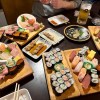 Shinjuku izakaya’s all-you-can-eat-and-drink plan is one of Tokyo’s best secret cheap eats
Shinjuku izakaya’s all-you-can-eat-and-drink plan is one of Tokyo’s best secret cheap eats Nintendo history you can feel – Super NES, N64, and GameCube controllers become capsule toys
Nintendo history you can feel – Super NES, N64, and GameCube controllers become capsule toys “The most Delicious Cup Noodle in history” – Japan’s French Cup Noodle wins our heart【Taste test】
“The most Delicious Cup Noodle in history” – Japan’s French Cup Noodle wins our heart【Taste test】 Starbucks releases a cute Frappuccino and Unicorn Cake…but not in Japan
Starbucks releases a cute Frappuccino and Unicorn Cake…but not in Japan Kyoto Tower mascot termination reveals dark side behind cute Japanese characters
Kyoto Tower mascot termination reveals dark side behind cute Japanese characters McDonald’s Japan’s Soft Twist Tower: A phantom ice cream only sold at select branches
McDonald’s Japan’s Soft Twist Tower: A phantom ice cream only sold at select branches Yabai Ramen: What makes this Japanese ramen so dangerous?
Yabai Ramen: What makes this Japanese ramen so dangerous? Finally! Nintendo Japan expands Switch 8-bit controller sales to everybody, Online member or not
Finally! Nintendo Japan expands Switch 8-bit controller sales to everybody, Online member or not Japanese government wants to build luxury resorts in all national parks for foreign tourists
Japanese government wants to build luxury resorts in all national parks for foreign tourists To combat declining birth rate, Japan to begin offering “Breeding Visas” to foreigners
To combat declining birth rate, Japan to begin offering “Breeding Visas” to foreigners 10 things you should buy at 7-Eleven in Japan
10 things you should buy at 7-Eleven in Japan Studio Ghibli releases anime heroine cosplay dresses that are super comfy to wear
Studio Ghibli releases anime heroine cosplay dresses that are super comfy to wear Woman charged for driving suitcase without a license in Osaka
Woman charged for driving suitcase without a license in Osaka Studio Ghibli unveils My Neighbour Totoro miniature house model
Studio Ghibli unveils My Neighbour Totoro miniature house model Kyoto experiencing problems with foreign tourists not paying for bus fares, but not on purpose
Kyoto experiencing problems with foreign tourists not paying for bus fares, but not on purpose Fighting mild hunger with a Japanese soda that turns into jelly in the stomach【Taste test】
Fighting mild hunger with a Japanese soda that turns into jelly in the stomach【Taste test】 Studio Ghibli’s Howl’s Moving Castle tapestry unveiled in Japan for first time
Studio Ghibli’s Howl’s Moving Castle tapestry unveiled in Japan for first time McDonald’s new Happy Meals offer up cute and practical Sanrio lifestyle goods
McDonald’s new Happy Meals offer up cute and practical Sanrio lifestyle goods Sales of Japan’s most convenient train ticket/shopping payment cards suspended indefinitely
Sales of Japan’s most convenient train ticket/shopping payment cards suspended indefinitely Sold-out Studio Ghibli desktop humidifiers are back so Totoro can help you through the dry season
Sold-out Studio Ghibli desktop humidifiers are back so Totoro can help you through the dry season Japanese government to make first change to romanization spelling rules since the 1950s
Japanese government to make first change to romanization spelling rules since the 1950s Foreigner’s request for help in Tokyo makes us sad for the state of society
Foreigner’s request for help in Tokyo makes us sad for the state of society Ghibli founders Toshio Suzuki and Hayao Miyazaki contribute to Japanese whisky Totoro label design
Ghibli founders Toshio Suzuki and Hayao Miyazaki contribute to Japanese whisky Totoro label design Doraemon found buried at sea as scene from 1993 anime becomes real life【Photos】
Doraemon found buried at sea as scene from 1993 anime becomes real life【Photos】 Tokyo’s most famous Starbucks is closed
Tokyo’s most famous Starbucks is closed Princesses, fruits, and blacksmiths: Study reveals the 30 most unusual family names in Japan
Princesses, fruits, and blacksmiths: Study reveals the 30 most unusual family names in Japan Top 10 areas in Japan’s capital region where women who live on their own want to live
Top 10 areas in Japan’s capital region where women who live on their own want to live What should Tokyo’s newest rail station be called? Poll asks high school girls for their opinion
What should Tokyo’s newest rail station be called? Poll asks high school girls for their opinion Why are people in their 20s moving outside of Tokyo to Yokohama and other areas?
Why are people in their 20s moving outside of Tokyo to Yokohama and other areas? These are the 11 most crowded trains in Japan…and surprise! They’re all in the Tokyo area
These are the 11 most crowded trains in Japan…and surprise! They’re all in the Tokyo area End-of-the-line exploring in Japan: Visiting Hashimoto Station
End-of-the-line exploring in Japan: Visiting Hashimoto Station Moving to Tokyo? Here are the three best, most reasonable neighborhoods to live in
Moving to Tokyo? Here are the three best, most reasonable neighborhoods to live in When do Japanese women have their first kiss? Survey finds gap between different parts of Japan
When do Japanese women have their first kiss? Survey finds gap between different parts of Japan Japanese luxury hotel’s new month-long stay plan lets you live Yokohama life with amazing twist
Japanese luxury hotel’s new month-long stay plan lets you live Yokohama life with amazing twist The top ten most appealing of Tokyo’s 23 special wards to live in after retirement
The top ten most appealing of Tokyo’s 23 special wards to live in after retirement A ranking of Tokyo’s 10 best train and subway lines for spotting handsome men
A ranking of Tokyo’s 10 best train and subway lines for spotting handsome men 10 of our absolute favorite places to spend a day in Tokyo
10 of our absolute favorite places to spend a day in Tokyo Yokohama finally releases details on futuristic theme park set to open in 2031
Yokohama finally releases details on futuristic theme park set to open in 2031 Stay at a Japanese capsule hotel in Tokyo for less than US$20 a night
Stay at a Japanese capsule hotel in Tokyo for less than US$20 a night Survey ranks Japanese prefectures by how much people want to continue living there
Survey ranks Japanese prefectures by how much people want to continue living there One of Tokyo’s most famous meeting-spot landmarks is closing for good
One of Tokyo’s most famous meeting-spot landmarks is closing for good
Leave a Reply